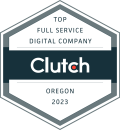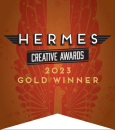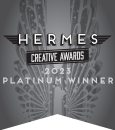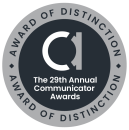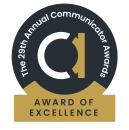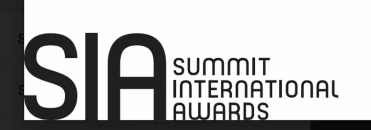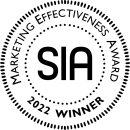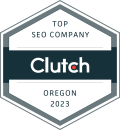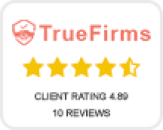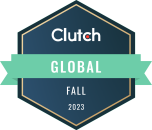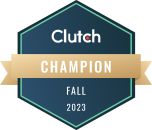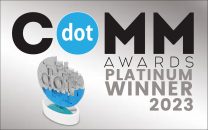Your library newsletter is an essential element in any comprehensive content marketing strategy. And your marketing strategy is vital for growing your Library’s brand and growing an audience for your products and services. Your goal is to build readership and community engagement by publishing informative and interesting media—blog posts, videos, podcasts, etc. Newsletters can incorporate links to all those media. Paying careful attention to needs and trends with different generations will build trust and interest in your library and will position you as a reliable, high-end resource to all your users.
Seven Great Reasons to Send Email Newsletters
Newsletters are more personal and directive than other forms of outreach. They deepen a relationship by conveying deeper meaning and more specific information.
1- Newsletters help you connect with more readers
Because of their personal nature, newsletters convey a feeling of being in the circle, a part of the community or tribe. They connect readers with useful information and deeper interest topics and meaningful events and opportunities. Public library newsletters create a voice for you with your readers and are a wonderful way to enrich their experience of your library and its many benefits. And because they are sent to people’s email inboxes they likely stay there for a while begging for attention. But if you can make them worth reading people will begin looking forward to their arrival each month (week, quarter, etc.).
2- Newsletters build credibility and authority
Because you craft your message, you can build trust with readers and over time reveal the areas of expertise and knowledge that your librarians and staff daily offer your community. This service oriented approach to reaching your readers will build credibility and authority and will better serve everyone’s needs.
3- Newsletters are customizable for stronger engagement
This is where you can make a direct impact with your Gen Z (Zoomer) readers. Tell them and show them the many ways your library can help them and their friends in areas of interest to them. Music, art, movies, online resources, help with tutoring, ways to find video game cheats, the origins of Black Lives Matter, LGBTQ and other social movements – whatever Zoomers in your area are thinking and talking about!
A long term strategy is helpful here. You want to reach out to each generation and certainly can alternate between them, but you also want to reach the younger generations while they are still open and willing to listen.
4- Newsletters can include links to video, blog and podcast content, as well as books!
A great way to reach all generations but especially the younger ones is to include links to really cool content in your library newsletters. This will show all your readers that you are capable in using these tools and connecting with quality content, resources and sources. One of the keys to social media is keeping people engaged with your content. Facebook and tiktok show us that this works like a dream. So if you can’t fight them, join them. Include links of excellent content that is legitimately sourced and engages their minds and hearts. You can also make recommendations for books they can read to find more information on the topics introduced.
5- Newsletters boost your content marketing strategy
When you publish and send your public library newsletters you want to ensure they are written carefully and eloquently with no spelling errors, grammatical errors or missing sentences. But most importantly you want to give your readers a lot of excellent content information. Use your February newsletter to cover Black History Month topics and people. Use your June newsletter to share great ideas about summer reading, travel tips, and ways the library can get you prepared for summer fun. When you help your readers you build their trust and confidence in your services. That is great content marketing!
6- Newsletters enhance your analytics
Most email marketing platforms have analytics so that you can get really good feedback about who is opening your newsletters and interacting with them. You can also use these analytics to receive feedback from your readers, answer their questions and discover other needs you may not have been aware of previously.
7- Newsletters are low-risk and high-reward
Since your public library newsletters will only be sent to those who have given you their email address or who have specifically requested your newsletter, your audience is already somewhat engaged. In addition, email marketing is a relatively inexpensive way to communicate with your readers. In fact, for businesses the return on investment with email marketing is $40 for every $1 spent. This means that you can be assured that however your library is funded you can support and defend the effort and cost of a newsletter with your constituents.
Generation Z and then Generation Alpha
Generation Z is going to be the most highly educated generation in the history of the United States and therefore, possibly the world. Reaching out to this generation is vital for building trust and helping them understand the many benefits of their community library and libraries in general. And of course close on their heels is the next generation to be reached – Generation Alpha. Customize your library newsletter to reach out to these wonderful new generations of doctors, musicians, artists, lawyers, business owners and eventually parents!
And if you need help creating an epic marketing campaign or want to know your next step in marketing don’t hesitate to contact us at zo.agency!






